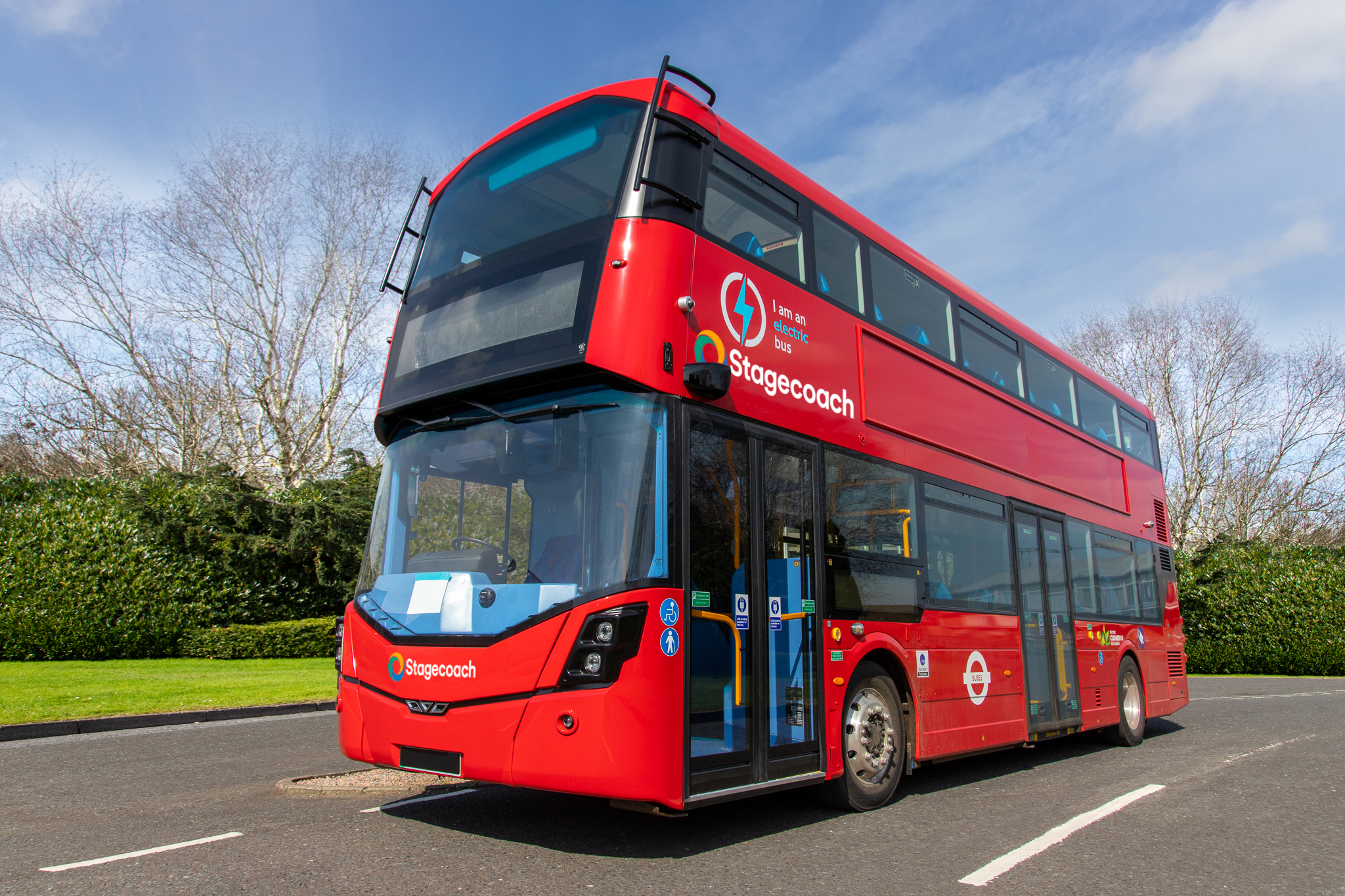Buses are leading Britain’s race to transport decarbonisation as Europe’s biggest market for the very greenest road passenger vehicles. Introducing an ambitious timetable of support, however, could mean the sector is the UK’s first to arrive at Net Zero, according to a new paper published today by the Society of Motor Manufacturers and Traders (SMMT).
Manufacturers have invested significantly in green bus innovation with some 13 different zero emission models now available in the UK. More than four in 10 new single- and double-deckers joining British fleets last year were either electric or hydrogen, and analysts predict and the market could be fully decarbonised as early as 2030, if all the right enablers are put in place.
At present, however, the benefits – from improved local air quality and reduced noise pollution to a more enjoyable passenger experience – are unevenly distributed.
Of all new ZEV buses registered last year, Greater London, at 46.8%, accounted for almost half, despite the capital accounting for fewer than one in six new bus registrations of all types.
While government support has enabled some specific cities to invest, uptake outside the capital is far lower. The rest of England outside London took 30.3% of new ZEV buses, while Northern Ireland received 3.3%, just slightly more than Wales, which accounted for just 2.2%. Ironically Northern Ireland is home to leading manufacturer Wrightbus, based in Ballymena, County Antrim.
Scotland has enjoyed robust levels of ZEV bus uptake, accounting for 17.5% of all new ZEVs reaching UK roads last year. This is in part due to operators benefitting from funding from the Scottish Zero Emission Bus Challenge. Holyrood’s cash spurs decarbonisation switchovers by smaller operators of scheduled services, and operators providing rural community and home-to-school services
Equally, the national Zero Emission Bus Regional Area (ZEBRA) fund has been instrumental in spurring greater green uptake across the UK. However, the scheme’s lengthy grant application process and narrow time windows for applications mean only the biggest operators with the most resources are successful.
Smaller and rural operators also face a tough challenge due to longer routes and lower passenger numbers, despite the opportunity of mass green mobility helping to boost passenger numbers in semi-urban and rural areas by as much as 65%.
In a new paper Next Stop, Net Zero: The Route To A Decarbonised UK Bus Market, the SMMT sets out the case for a clear timetable to put every region, operator, driver and passenger on the journey to Net Zero.
But the trade body says that timetable must be backed by long-term, accessible support for fleets of all sizes. Passenger levels fell sharply in 2020 as Covid lockdowns took hold. The tight margins faced still by operators as the market recovers dictate that government incentives remain necessary.
The challenge of switching is made steeper – and the need for incentives even more critical – by the higher upfront cost of zero emission vehicles, compared to their predecessors running on fossil fuels such as diesel.
Decarbonising buses also depends on charging & refuelling infrastructure in depots, and establishing the best locations for shared replenishing. Developing this takes time, prompting the trade body to call for smart thoughts and smart actions today.
As Europe’s biggest ZEV market, the SMMT, says Britain needs a strategy to deliver the infrastructure that’s needed as well as incentives required to help operators deliver a mature, functioning ZEV market.
SMMT chief executive Mike Hawes said; “Britain’s bus industry is in a strong position to become the first vehicle sector to decarbonise.
“Reaching that destination, however, requires a clear timetable and appropriately ambitious support. Governments have played a vital role in driving uptake through grant funding, and every region should be supported so that all passengers can enjoy the advantages of going green. Only then will the full benefits of sustainable public transport be realised nationwide”.




